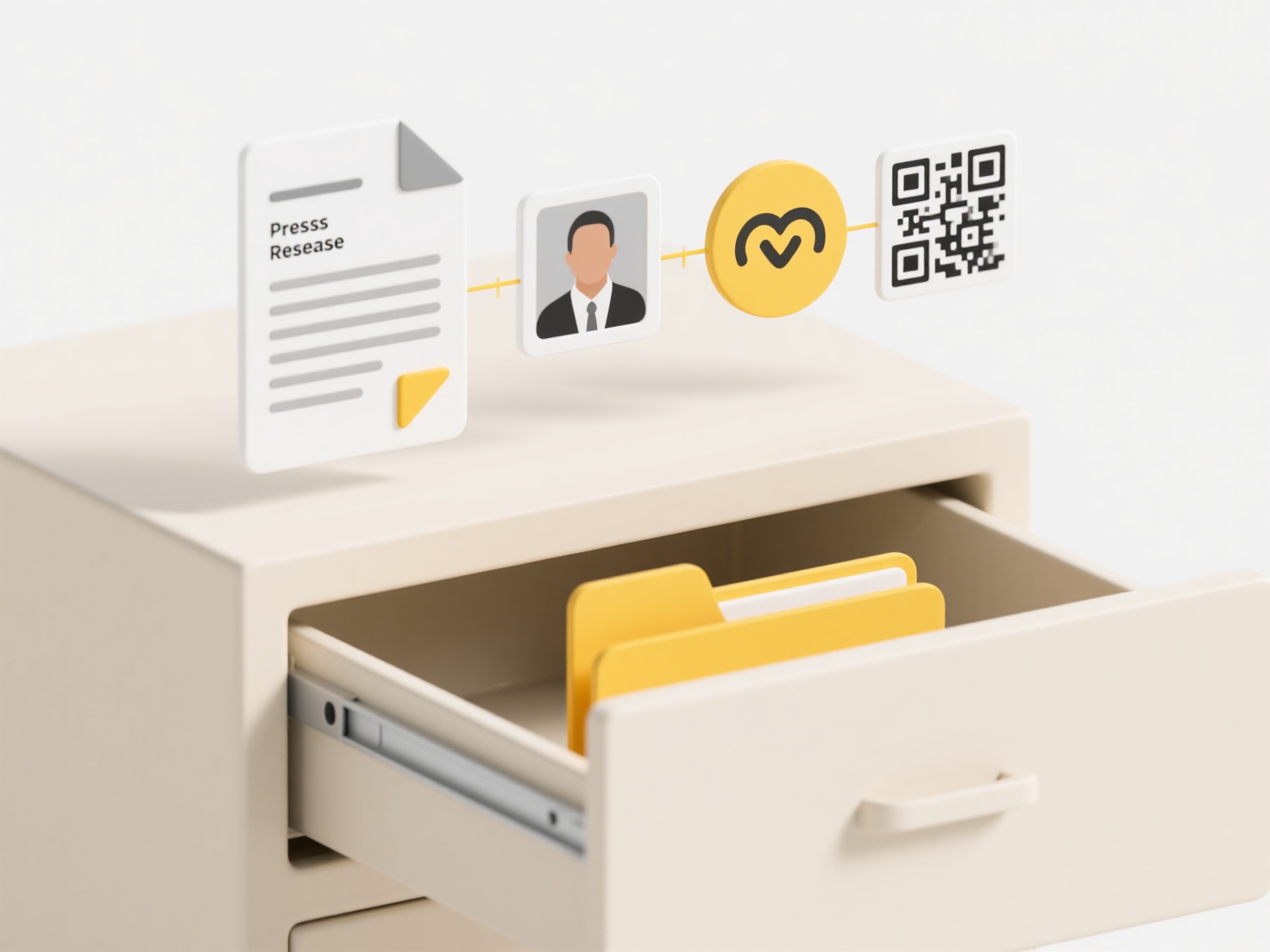
File normalization standardizes file names from various sources into a consistent format. It involves removing or replacing special characters, standardizing case (like lowercase), enforcing length limits, resolving duplicate names, and ensuring the name uses only permitted characters. This differs from simple renaming because it follows systematic rules to make multiple files uniform and compatible, rather than individually changing a file name for organizational clarity alone.
Common uses include preparing diverse files for automated ingestion into a data pipeline or migration project, where consistent names ensure smooth processing. Backup systems also normalize names before archiving files collected from different user devices or operating systems to prevent errors caused by incompatible characters (like slashes or colons) or varying case-sensitivity between platforms.

The key advantage is increased reliability for automated tasks, reducing errors and saving time. A major limitation is potential loss of original contextual information embedded in a non-standard name. Ethically, ensure normalization rules don't inadvertently alter meaning crucial for the file's purpose or accessibility. Future tools may leverage AI to better preserve semantic context while standardizing formats.
Can I normalize file names from different sources?
File normalization standardizes file names from various sources into a consistent format. It involves removing or replacing special characters, standardizing case (like lowercase), enforcing length limits, resolving duplicate names, and ensuring the name uses only permitted characters. This differs from simple renaming because it follows systematic rules to make multiple files uniform and compatible, rather than individually changing a file name for organizational clarity alone.
Common uses include preparing diverse files for automated ingestion into a data pipeline or migration project, where consistent names ensure smooth processing. Backup systems also normalize names before archiving files collected from different user devices or operating systems to prevent errors caused by incompatible characters (like slashes or colons) or varying case-sensitivity between platforms.

The key advantage is increased reliability for automated tasks, reducing errors and saving time. A major limitation is potential loss of original contextual information embedded in a non-standard name. Ethically, ensure normalization rules don't inadvertently alter meaning crucial for the file's purpose or accessibility. Future tools may leverage AI to better preserve semantic context while standardizing formats.
Quick Article Links
Can I use Excel to help rename files?
Excel can assist with renaming files by generating new filenames based on patterns or data you define within your spread...
How do I open an old version of a PowerPoint file?
Opening an older PowerPoint file involves accessing presentations saved in legacy formats (like .ppt from PowerPoint 97-...
What program do I need to open this file?
To open a file, you typically need software associated with its specific file format. This format is indicated by the ex...